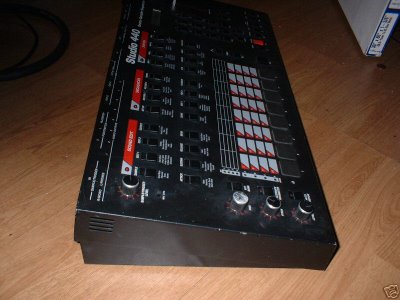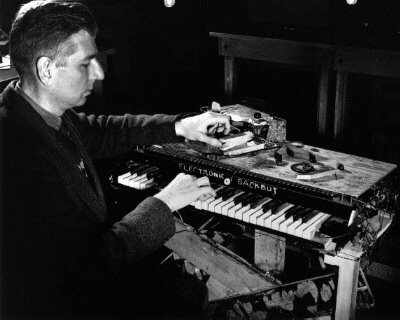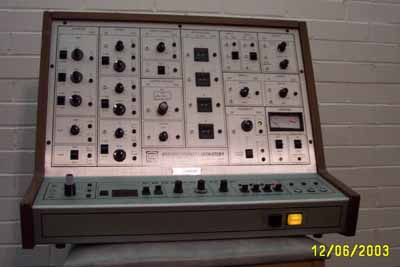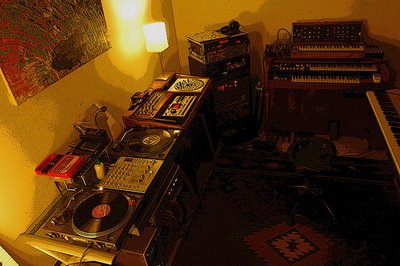 Analog Days seems to be getting a few nods in the comments of this post. I have the book myself but haven't had a chance to get around to it. The general consensus is that it is a great book but there are a few inaccuracies. I've been hoping the authors would come out with an addendum that clarifies them, but I haven't heard of anything to date. I checked the Analog Days website for this but couldn't find anything. If anyone knows where we can find such a list, please post in the comments.
Analog Days seems to be getting a few nods in the comments of this post. I have the book myself but haven't had a chance to get around to it. The general consensus is that it is a great book but there are a few inaccuracies. I've been hoping the authors would come out with an addendum that clarifies them, but I haven't heard of anything to date. I checked the Analog Days website for this but couldn't find anything. If anyone knows where we can find such a list, please post in the comments. Also, someone posted a link to an interview with Trevor Pinch, one of the authors of the book, on ABC Radio National. It's worth a read when you have the time. In the interview they state the theremin was used in the Beach Boys Good Vibrations. It was actually an electro-theremin.
BTW, if you are thinking of picking up a copy of Analog Days, here's a link: Analog Days on Amazon : )
Update: I remember putting up a post on Analog Days before. I checked my archives and found the post on August 23, 2005, exactly one day short of an entire year from this post. Funny. Anyway, there was mention of the inaccuracies in that post (this is a quote from AH, not me in the post): "It's also said to contain a lot of B.S. with attributions to people who simply didn't do certain things the author says they did. For one, Dan Wyman who ran SoundArts in L.A. in the 70s, and who WROTE the Moog modular manual, was quite ticked-off when he read the book and saw so many historical inaccuracies."
We need this list...
Updates via the comments:
via Peter Kirn:
"It's difficult to get interviews with Wendy Carlos, I know that, but I agree. I mean, in general, the writing isn't great by any stretch, and it doesn't feel comprehensive -- I would have liked to see more discussion beyond Moog, for one -- and there are inaccuracies.
But having said all that, you'll still want to read it, and you'll still have a great time with it. I think we need a new book now, mainly! And there's a lot of the roots of electronic music that just don't get told at all; the whole history of the 40s and 50s gets pretty much lost."
via anonymous:
"You can toss pretty much the entire section on Wendy Carlos. The amount of editorializing was nauseating and brings the credibility of the entire book into question. Yet, this wingnut is making money talking to radio progams around the world, telling her story for her. Jackass."
Via Anon:
"Beyond inaccuracies (of which I noted a few), the authors of Analog Days sometimes sound like grad students in psychology. Even so, the book is worth the read for the story - the general arc of the story is true and I haven't seen so much of the story presented in one place anywhere else.
For example, who would have thought that the success of the Moog synthesizer was tied in any way to Taco Bell?"
























































